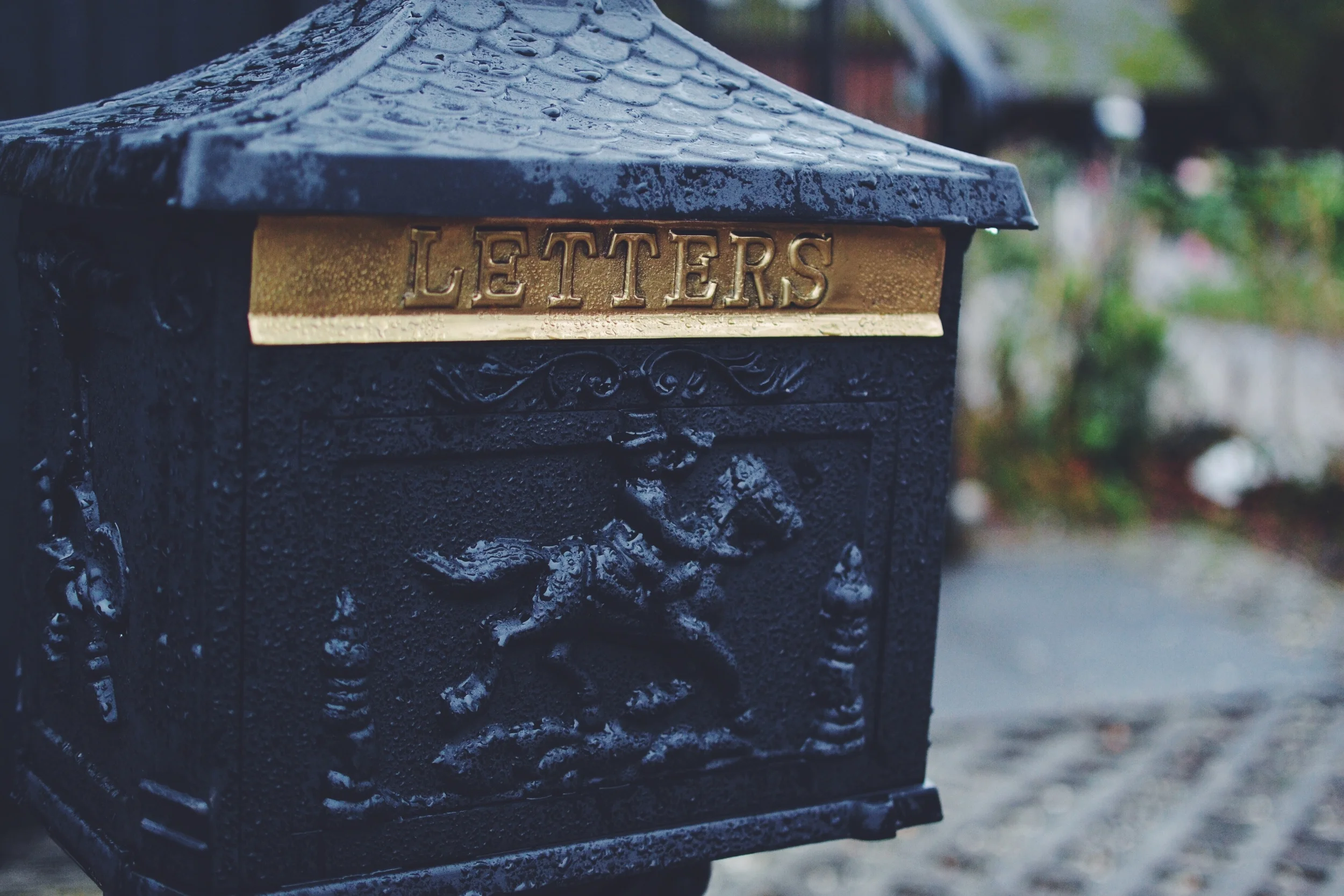Grow Your Business: The Three Elements of a Great Query Letter
So, you've built a solid prospect list and maybe you've even made a few cold calls. Perhaps you've promised a prospective editor that you'd have a few great story ideas in her inbox very soon. Good for you!
This week, we continue our Grow Your Business series with some helpful hints on how to write a great query (pitch) letter.
Here's why you should write formal query letters.
I firmly believe that formal query letters get more attention and garner more business than one or two-sentence story idea descriptions embedded in the body of an email. The problem with firing off a short list of topics in an email message is that, just like lots of other content, your ideas are likely to get lost in the barrage of emails editors receive each day.
Instead, I prefer writing my queries in a separate word document and sending them as an attachment. I figure, if the editor or content manager is invested enough to open my document, she's likely to sit with it for a while and read it all the way through.
When I first started writing, I had no idea how to structure query letters. But after doing a little research, I was able to begin writing them with success. My single, most beneficial, source was a little ebook by writer Linda Formichelli called "Query Letters that Rock," which features examples of actual query letters that resulted in the writer of the letter getting the assignment. If you're not sure where to start with regard to querying, you must get this book. I've modeled my query letters after the ones featured in Formichelli's dynamo piece for the past three years and they've worked wonders for me.
"Query Letters that Rock," or another book like it, will likely be your most important tool. However, to get you going, I want to list a few elements every successful query letter should have. Here goes:
1. A great query letter reads like a mini-story.
Begin with a catchy introduction or lede. Draw the reader in with a sentence or two explaining a recent experience you had or a problem you encountered that your story is likely to solve for readers. For example, if you want to write a story about the trend toward soda-fountain craft beverages, tell a story about how you came upon the trend. Were you walking through town and happened to spot signs advertising soda drinks everywhere? If you want to cover a vintage store that regularly supplies to big-name movies and TV shows, consider beginning with an anecdote about the proprietor helping to outfit one of the show's main stars. Be interesting from the start, and your story idea will pique the editor's interest, too.
2. A great query letter proves the story's relevance.
If possible, provide links to other research, books or consumer media outlets, especially authorities on the subject or in the industry, that support your assertion that your idea is, indeed, worthy of a story. For example, in the aforementioned vintage clothing piece, track down pieces national affiliates or industry publications have written that feature similar businesses. The editor needs to know that your writing will either announce a current trend to a larger audience or introduce the reader to a new piece of research or product. Make sure you prove your idea is relevant and timely by showcasing other coverage in the area.
Note: If you find more than three pieces that have already been written on the subject matter you wish to cover (especially if all three of those pieces are in publications that cover a broad audience), it's likely the trend has tipped, and is no longer worth announcing. When pitching stories, you're looking for little-known but corroborated issues or story ideas, not stuff that people have been talking about for a while. As Sandra Rinomato of HGTV's "Property Virgins" once said, "Think, up and coming, not been and gone." It's hard to strike this subtle balance, but do enough research and you'll get the hang of it.
3. A great query letter marries the publication to the idea.
You may have the best story idea in the world up your sleeve, but if it's not right for the outlet you're pitching to, it won't matter. At the end of your pitch, you'll want to briefly explain exactly why your story belongs in your target publication. In our vintage-clothing store case, something as simple as, "I think your readers would be surprised and delighted to know that one of HBO's most exciting and popular shows is being outfitted right here in our little town of Mayberry" is a great way to marry publication to idea. If you're pitching to a local media outlet, your story must have a sense of place and local relevance, and a unique local spin, even if it describes a nationally-relevant idea. If the publication or Web site is national, or even worldwide, in scope, you must be able to show how your story is different from the other stories the publication has written in the past, or how it is a continuation of ideas the publication regularly covers. No matter what, you must be able to tell the editor why the story is the right fit for her publication.
Tell me about your querying process. What querying techniques have you used successfully? What didn't work for you? Drop me a comment.





